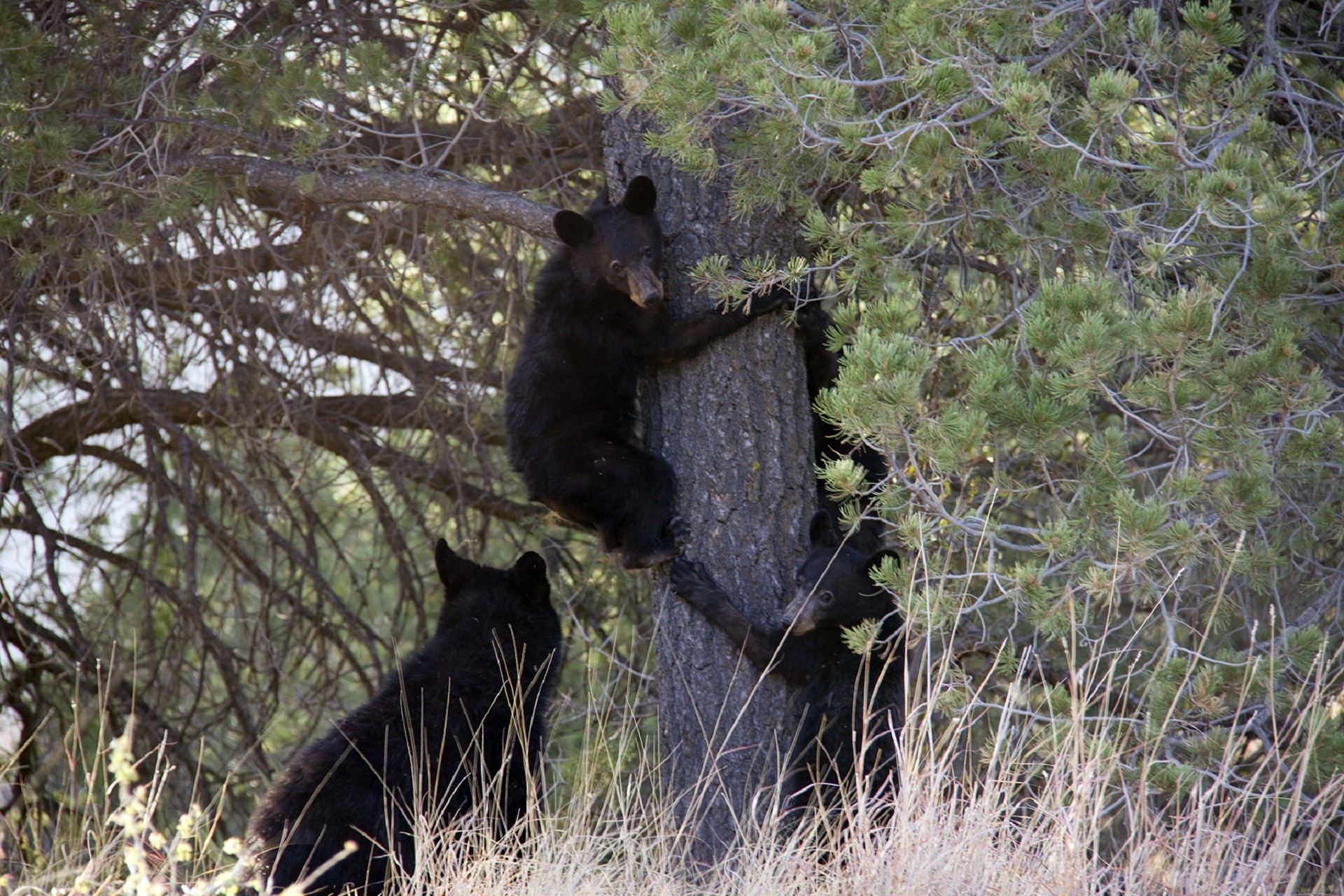Tallahassee Outside: St. Marks River Preserve State Park

The Tallahassee area is home to various natural landscapes and ecosystems, rich with history and wildlife. Few places make this as clear as it is within the bounds of the St. Marks River Preserve State Park. This natural park houses the headwaters of the St. Marks River, which flows all the way to the Gulf of Mexico from the wetlands east of Tallahassee. Visitors to the park, which can be enjoyed with no entrance fees, have access to a picnic area, a multi-use recreational space, and seven miles of beginner-friendly multi-use hiking trails, which can be experienced on foot, or guests can bring their mountain bike or horse to carry them through the trails.
Traveling along these trails, be prepared to pass through various natural habitats, witnessing a glimpse into the natural beauty that Florida is known for. Travel through flatwoods, sandhills, bayheads, floodplain forests, and more as you explore the park. Don’t want to walk the trails alone? Bring your furry friend! Dogs are allowed and welcome to join on trail walks as long as they’re on-leash and well-behaved. Come ready for some low-water crossings and sandy paths if you choose to walk the trails, so wear shoes you don’t mind getting wet and be sure to pack plenty of water!
Within these various habitats, St. Marks River Preserve boasts copious biodiversity and unique wildlife. Bird-watchers have the opportunity to spot species of owls, hawks, and several species of wading and shorebirds that call the park home. Butterfly fans can keep an eye out for several species of the delicate insect as well, from Monarch Butterflies to Zebra Butterflies, fluttering around the trees and shrubbery. What many wildlife enthusiasts consider the biggest draw of the park is its variety of Florida native mammals and reptiles that can be found throughout. Bobcats, gray foxes, gopher tortoises, and more can be spotted off the trails or leaving their tracks along the sandy paths. Perhaps most excitingly, St. Marks River Preserve is home to a population of Florida Black Bears, the only bear species found and native to Florida and a species that has undergone successful recovery in the wild since the 1980s. A large portion of these bears' diet comes from various fruits, nuts, berries, and insects. Their breeding season runs throughout the summer, through the months of June and August. Keep an eye out for this variety of amazing Florida wildlife as you traverse the park!

St. Marks River Preserve State Park supports sustainable practices across several of the United Nations Sustainable Development Goals (SDGs). Providing and encouraging individuals to get out of their homes and offices and hike through nature supports SDG 3: Good Health And Well-Being by creating opportunities for easily accessible exercise. With its preservation and land management practices such as controlled burns and maintenance of important habitats, it also offers protection for Florida wildlife, which helps champion SDG 15: Life on Land. St. Marks River Preserve is also important in its protection of Florida waters. The St. Marks River and its health can not only affect the Tallahassee area and the St. Marks Estuary, but its water also flows through the Gulf of Mexico, the Wakulla River, and the Floridan Aquifer, which is one of the principal aquifers of the United States and most productive aquifers in the world, providing drinking water for nearly 10 million people and even more for industrial and agricultural use. The state park’s efforts in protecting this important water resource provides a vital service to the health of millions and countless wildlife under SDG 14: Life Below Water. Looking for a fun, free, and easy way to support Florida wildlife this summer? Try checking out St. Marks River Preserve State Park!
Want to stay up to date with Sustainable Campus? Follow us on Instagram at @fsusustainable for information on sustainability at Florida State University and beyond, and keep an eye on our blog to find more information on places to visit around Tallahassee this summer in our “Tallahassee Outside” series!

